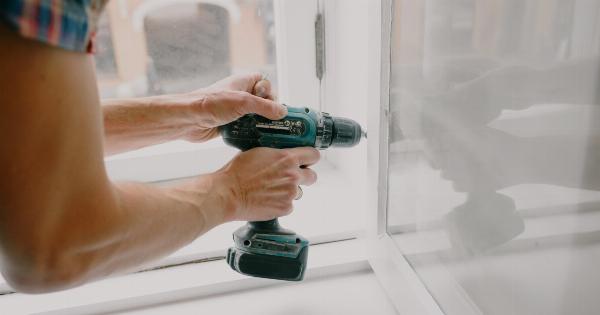Public toilets are an essential part of our daily lives, allowing us to relieve ourselves when we are away from home.
However, for many women, using public toilets can be a dreaded experience due to the fear of contracting urinary tract infections (UTIs).
Understanding Urinary Tract Infections
A urinary tract infection is an infection that affects any part of the urinary system, including the kidneys, bladder, ureters, and urethra.
These infections are more common in women compared to men, primarily due to the shorter length of the female urethra, making it easier for bacteria to reach the bladder.
What are Public Toilets?
Public toilets, also known as restrooms or washrooms, are facilities provided for public use. They can be found in various places such as shopping malls, restaurants, airports, train stations, and other public spaces.
While these toilets serve a crucial purpose, they can also be breeding grounds for bacteria and infections.
The Role of Hygiene in Public Toilets
Hygiene plays a vital role in preventing the spread of infections in public toilets. However, maintaining proper hygiene and cleanliness in these facilities can be challenging due to the high volume of users and the limited time available for cleaning.
Bacterial Contamination in Public Toilets
Public toilets are known to harbor a wide range of bacteria, including those that can cause urinary tract infections. These bacteria can be found on toilet seats, flush handles, doorknobs, taps, and other commonly touched surfaces.
Flushing and Contamination
When a toilet is flushed, microscopic water droplets containing bacteria and other microorganisms can be propelled into the air. These droplets can settle on nearby surfaces, including the toilet seat.
If proper hygiene practices are not followed, these contaminated surfaces can transmit bacteria to the next user.
The Importance of Personal Hygiene
While keeping public toilets clean is the responsibility of those in charge of maintenance, individuals also play a crucial role in preventing infections.
Practicing good personal hygiene can significantly reduce the risk of contracting a urinary tract infection from a public toilet.
Tips for Using Public Toilets Safely
Here are some tips to minimize the risk of urinary tract infections when using public toilets:.
- Wipe the toilet seat with a clean tissue or use disposable seat covers.
- Avoid direct contact with surfaces such as taps, flush handles, and doorknobs.
- After using the toilet, wash your hands thoroughly with soap and water for at least 20 seconds.
- Use hand sanitizers if soap and water are not available.
- Avoid touching your face, mouth, or eyes after using a public toilet.
- Consider holding your breath or covering your nose and mouth with a tissue when flushing.
- Try to schedule bathroom breaks when you are likely to find cleaner facilities, such as after cleaning times or when toilets are less crowded.
- Stay hydrated and urinate regularly to flush out any bacteria that may have entered your urinary system.
When to Seek Medical Help
In most cases, practicing good hygiene and following the tips mentioned above can help prevent urinary tract infections.
However, if you experience symptoms such as a frequent urge to urinate, pain or burning sensation during urination, cloudy or strong-smelling urine, or lower abdominal pain, it is essential to seek medical advice.
Conclusion
While the link between female urinary tract infections and public toilets is indeed surprising, it is crucial to understand that the risk can be minimized by practicing good personal hygiene.
By taking necessary precautions and adopting healthy habits, women can confidently use public toilets without the fear of contracting infections.































